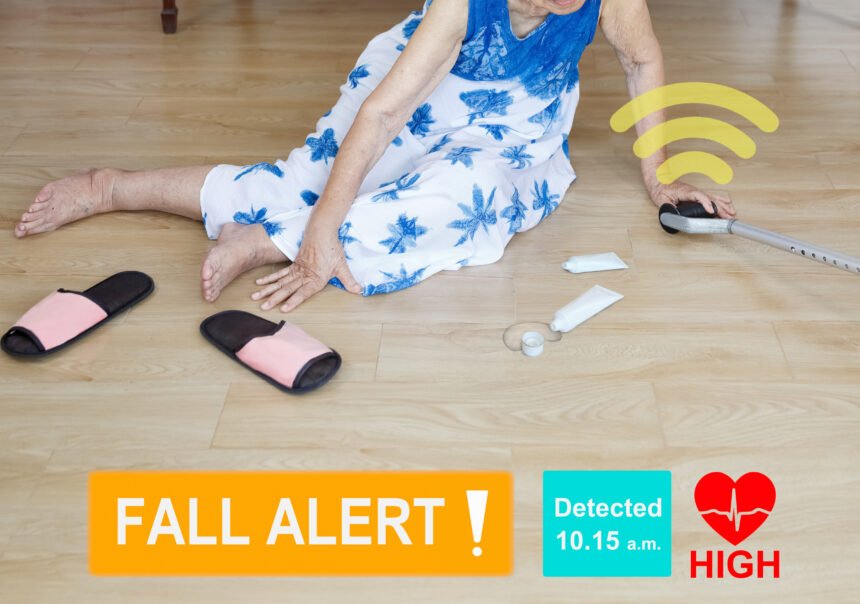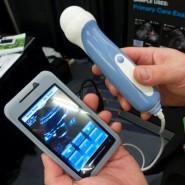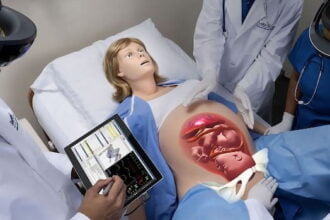Did you know that around 10% of seniors over the age of 65 have a medical alert system. They play a very important role in helping seniors stay safe.
Medical alert systems have evolved significantly over the years, providing individuals with enhanced safety and peace of mind. These systems offer immediate assistance in case of emergencies, making them invaluable tools for seniors, individuals with medical conditions, and those living alone. In this article, we’ll explore the top 10 trends shaping the landscape of medical alert systems today.
Medical alert systems are primarily designed to provide assistance and support in emergency situations, especially for individuals who may require immediate medical attention or help due to age, disability, or medical conditions. These systems serve several important purposes:
- Emergency Response: Medical alert systems enable users to quickly and easily call for help in case of emergencies such as falls, accidents, medical crises, or other critical incidents.
- Independence: By providing access to emergency assistance at the push of a button, medical alert systems allow users to maintain their independence and continue living safely in their own homes.
- Peace of Mind: For both users and their loved ones, medical alert systems offer peace of mind knowing that help is always available at the touch of a button.
- Fall Detection: Many medical alert systems are equipped with fall detection technology, which automatically triggers an alert if a fall is detected, even if the user is unable to press the emergency button.
- Health Monitoring: Some medical alert systems include built-in health monitoring features such as heart rate monitoring, activity tracking, and sleep analysis, providing users with valuable insights into their health and wellness.
- GPS Tracking: Mobile medical alert systems often incorporate GPS tracking, allowing users to be located quickly and accurately in case of emergencies, particularly when they are away from home.
- Integration with Telehealth Services: Some medical alert systems offer integration with telehealth platforms, enabling users to access medical consultations, medication management, and other healthcare services remotely.
Best senior alert systems:
Senior alert systems, also known as medical alert systems for seniors, are designed specifically to meet the unique needs of older adults. CBS has a great article on their benefits. These systems typically include wearable devices equipped with emergency buttons that seniors can press to summon help in case of falls, medical emergencies, or other situations requiring assistance.
Mobile Medical Alert Systems: On-the-Go Safety
- One of the emerging trends in medical alert systems is the integration of mobile technology, allowing users to stay protected even when they’re away from home. Mobile medical alert systems utilize cellular networks to provide GPS tracking and two-way communication, ensuring users can receive help wherever they are.
Fall Detection Technology: Automatic Assistance
- Fall detection technology is becoming increasingly common in medical alert systems, offering an added layer of protection for seniors and individuals at risk of falls. These systems use sensors to detect sudden changes in movement or posture and automatically trigger an alert if a fall is detected, even if the user is unable to press the emergency button.
Voice-Activated Systems: Hands-Free Assistance
- Voice-activated medical alert systems are gaining popularity for their convenience and accessibility. Users can simply use voice commands to initiate an emergency call or communicate with a monitoring center, eliminating the need for manual button presses, particularly beneficial for individuals with mobility or dexterity issues.
Integration with Smart Home Devices: Seamless Connectivity
- Many medical alert systems now offer integration with smart home devices, allowing users to control their system using voice commands or smartphone apps. This integration enables seamless connectivity between medical alert systems and other home automation devices, enhancing convenience and accessibility for users.
Wearable Health Monitoring: Continuous Wellness Tracking
- Some medical alert systems now include built-in health monitoring features, such as heart rate monitoring, activity tracking, and sleep analysis. These wearable devices provide users with valuable insights into their health and well-being, empowering them to take proactive steps to maintain their wellness.
Personalized Response Plans: Tailored Assistance
- To better meet the individual needs of users, many medical alert systems now offer personalized response plans. Users can specify their preferred contacts, medical information, and emergency protocols, ensuring that responders have access to critical information when providing assistance.
Integration with Telehealth Services: Remote Healthcare Support
- In response to the growing demand for telehealth services, some medical alert systems now offer integration with virtual healthcare platforms. Users can access medical consultations, medication management, and other telehealth services directly through their medical alert system, enhancing access to healthcare resources.
Multilingual Support: Enhanced Accessibility
- Recognizing the diverse needs of users, many medical alert systems now offer multilingual support, allowing users to communicate with monitoring centers in their preferred language. This feature ensures that individuals with limited English proficiency can access emergency assistance effectively.
Advanced Security Features: Protection Against Cyber Threats
- As medical alert systems become more connected and integrated with digital platforms, ensuring cybersecurity is crucial. Leading providers are implementing advanced security measures, such as encryption, secure data storage, and regular software updates, to protect user data and prevent unauthorized access.
Conclusion:
The evolving landscape of medical alert systems continues to revolutionize the way individuals access emergency assistance and stay safe. From innovative wearable devices to integrated telehealth services, these trends are shaping the future of medical alert systems, providing users with greater peace of mind and support in times of need.








